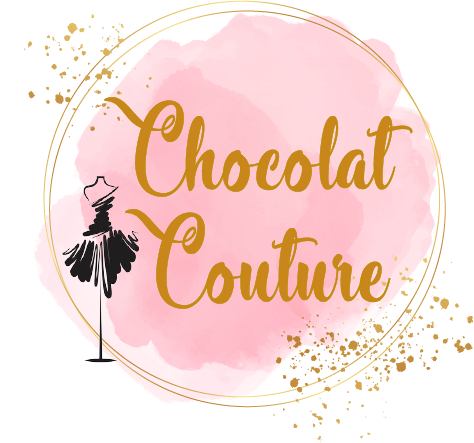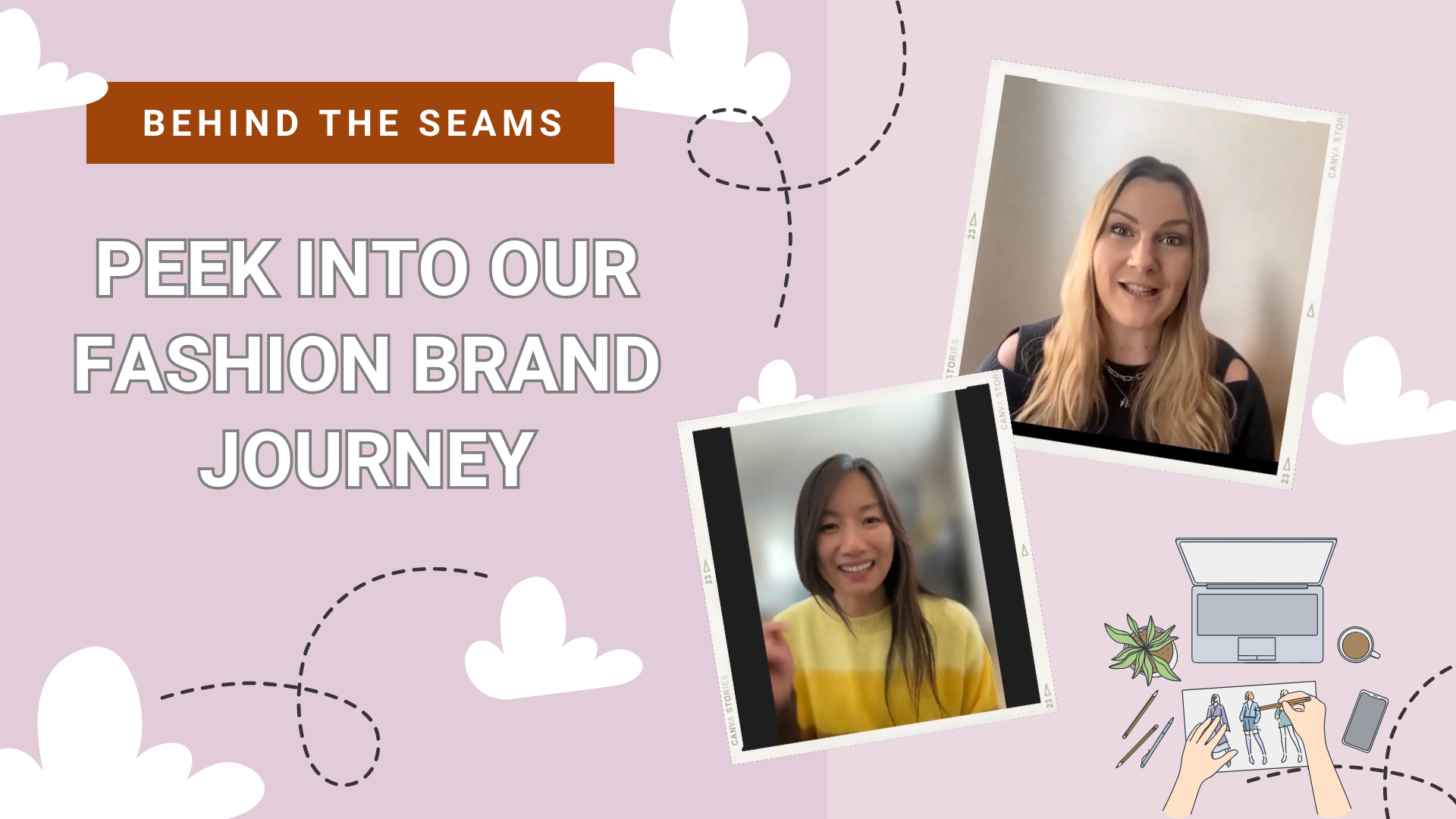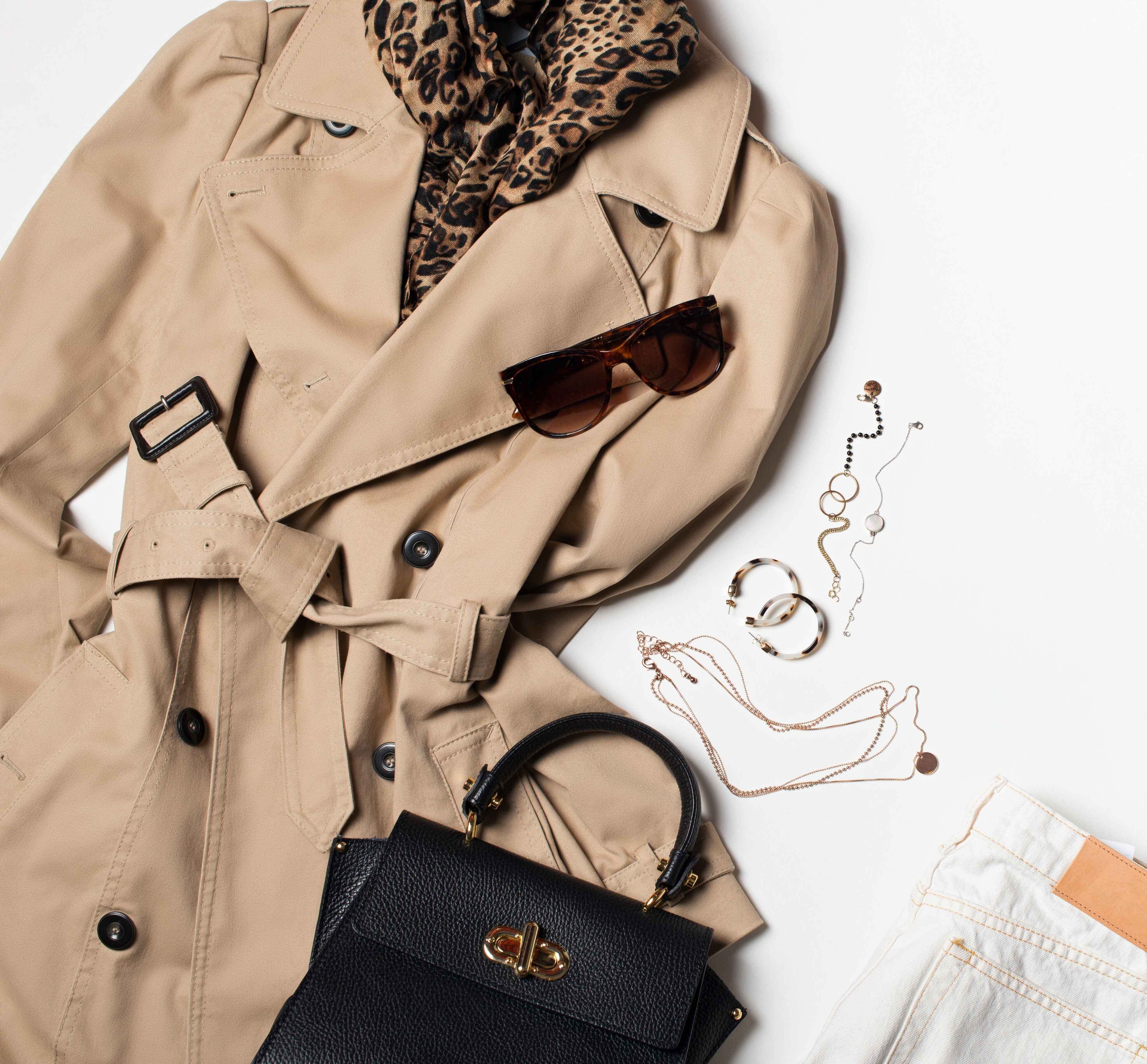Sustainable Fashion: Exploring Vegan Alternatives to Silk

Silk is a luxurious fabric that has been valued for thousands of years and has been a favorite of fashion lovers alike. But have you ever stopped to wonder where silk comes from and how it's made? You might be surprised to learn that silk doesn't come from a plant or a mineral, but from the cocoon of a small insect called the silkworm.
Today, we're going to embark on the adventure of silk production and explore the story of the unsung hero of the silk industry - the silkworm, and the importance of preserving them as living creatures, as well as discovering the world of vegan fabrics.

Silkworm's Short Life
In nature, silkworms are only alive for a few weeks, and during this short time, they grow and change rapidly. Silkworms start as tiny eggs, and when they hatch, they are so small that they can hardly be seen with the naked eye. As they grow, they shed their skin several times in a process called molting. This is because their exoskeleton, or outer shell, doesn't grow with them.
After molting several times, the silkworms are ready to spin their cocoons. They do this by secreting a liquid protein from glands in their body that hardens into a thread when it comes into contact with air. The silkworms spin this silk thread continuously for several days until the cocoon is complete.
Once inside the cocoon, the silkworms undergo metamorphosis, a process where they transform from a larva to an adult moth. During this time, their bodies change completely, and they develop wings, legs, and other adult features. This transformation takes about two weeks, after which the adult moths emerge from the cocoon. The different stages of the silkworm's life cycle, including egg, caterpillar, cocoon, and moth can be seen in the image below.

Unfortunately, in the silk industry, the cocoons are often boiled before the moths can emerge. This can be seen in the image below, which I found on Adobe Stock. This process kills the silkworms inside the cocoons. The reason for this practice is to preserve the quality of the silk thread, which is best obtained from unbroken cocoons. However, while this method produces high-quality silk, it is also controversial and considered by some as unethical due to the inhumane treatment of animals. In fact, it takes roughly 3,000 silkworms to produce just one pound of silk.

Chemicals in Silk Production
The process of producing silk goes beyond just boiling silkworms, as there are concerns about the potential use of toxic chemicals during the process.
The specific chemicals used in the silk production process can vary, but they may include things like sulfuric acid, sodium hydroxide, and formaldehyde. These chemicals are used to dissolve the sericin, which is a glue-like substance that holds the silk fibers together in the cocoon.
The use of chemicals in silk production can result in negative environmental impacts and pose risks to workers' health if not properly handled. The consequences can indirectly affect consumers as well. For example, if the chemicals are not properly disposed of, they can contaminate water sources and food supplies, which can then harm the health of those who consume them. In addition, some people may be allergic or sensitive to the chemicals used in silk production, which can cause skin irritation or respiratory problems if they come into contact with the finished product.

Vegan Fabric Alternatives
As a result, many people have turned to vegan fabrics as a more ethical and sustainable alternative. These fabrics are made from a variety of materials, including bamboo, hemp, organic cotton, Tencel, and more.
Vegan fabrics made from natural materials are often grown without pesticides and fertilizers, making them safer for the environment and workers. Additionally, these fabrics are recyclable and biodegradable, making them more environmentally friendly. Vegan fabrics are also more affordable than silk, which means they are a great choice for people who want to make a positive impact on the environment without spending a lot of money.
While silk is known for its shiny look and luxurious feel, vegan fabrics offer an equally comfortable and durable alternative to silk, with materials like bamboo, hemp, organic cotton, and Tencel each having their own unique properties. For example, bamboo is soft and naturally antimicrobial so it can help to prevent the growth of bacteria and reduce odors, while hemp is breathable and durable. Additionally, recycled polyester is considered a sustainable and vegan fabric option, as it diverts waste from landfills and reduces the need for new raw materials!

At our brand, we strongly believe that building high quality products is important, but not at the expense of others. We strive to build a balanced community, and we want to make sure that everything we do aligns with our mission. We're excited to have our brand centered on resort wear - it's our way of encouraging people to explore new places and gain fresh perspectives.
We're also thrilled to be a part of the sustainable fashion movement and have started incorporating vegan fabrics in our collections! Our goal is to offer stylish options for travelers while still being mindful of the environment. Sustainability is a core value for us, and we're meticulous in choosing fabrics that align with our beliefs. If you're curious about how we choose sustainable fabrics, we'd love for you to check out our previous blog post. We go into detail about the factors we consider when selecting fabrics that are eco-friendly and ethically made.
If you haven't already, we invite you to join our email list below 👇 to receive a free copy of our online shopping guide. The guide offers helpful tips on identifying high-quality clothing from photos and videos, including advice for selecting fabrics based on their quality, even if you cannot visit a physical store. You'll also learn about red flags to watch out for when shopping online, making it an essential resource for anyone looking to elevate their shopping experience.
Thanks for joining us on this journey! ♻️ Stay tuned for more exciting content with a new blog post coming every other week! 😊




2 comments
This is so insightful! Thank you for sharing! Glad that your products are vegan :)
Vicki
This is such an informative article!!
Anonymous
Leave a comment
This site is protected by hCaptcha and the hCaptcha Privacy Policy and Terms of Service apply.